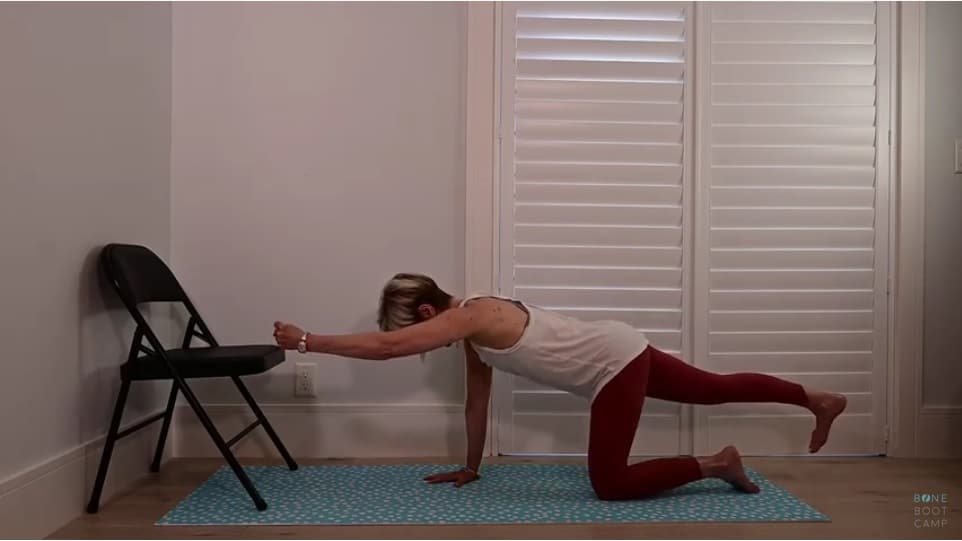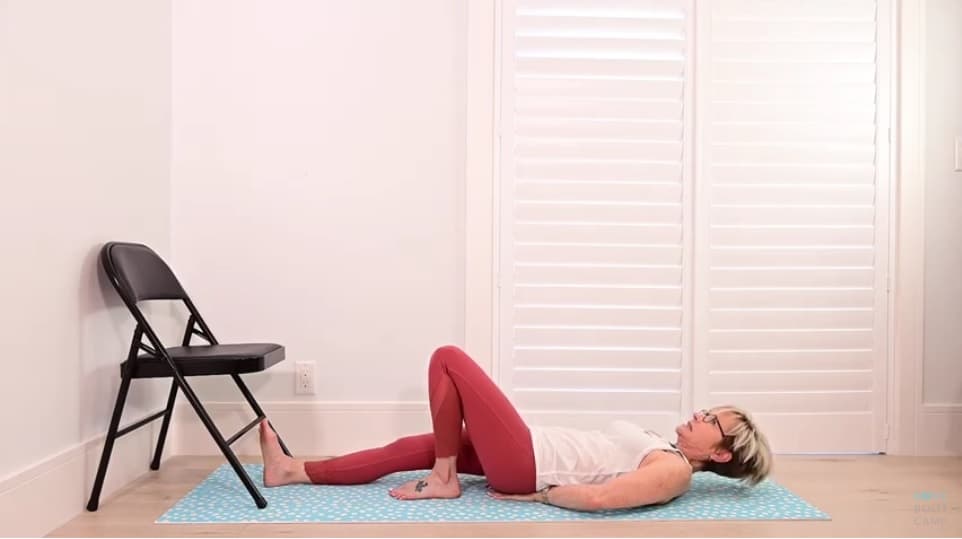The 3 Big Exercises for Back Pain According to an Expert (VIDEO)
Each and every one of us is unique. No one else has your health and movement history and your biology. Because of this, not all spine exercises or cautions will apply to you. The suggestions and ideas I offer are an exploration that has helped many, many people and were taught to me by Stuart McGill, an expert in back pain.
Back pain can result from inactivity leading to a weak back that will become fragile. It can also come from too much activity. In either case, these exercises will help your back become less fragile.
Your Fragility Curve Applies Only to You
We each have our own “fragility curve,” that spot on a graph where too much stress or load results in injury. The three big exercises can be used to train everyone’s spine to be stronger and more resilient.
In this way, you move the tipping point (the point where injury occurs) on your fragility curve to give you more room for movement and loads. For more information on how to not go past your personal breaking point visit my tutorial on the subject in my podcast.
Making the Joints Stronger
It is good to understand the principles of how to stress the joints to make them stronger:
- When a joint is bearing a significant load, we need to stiffen the joint.
- When we want to enhance a joint’s range of motion, we should do so when it is NOT bearing a load.
- When we are moving a joint under a load we need to train for the proper technique.
Let’s Apply to the Low Back
We can apply these ideas to the low back to find the proper technique to avoid low back pain.
#1 Strengthen the back when the spine is in a neutral position.
#2 Enhance the range of motion when the back is not fully engaged, thus not loaded. An example is to work on range of motion while lying on your back not standing.
#3 When training with movement, make sure you have the coordination for the movement before you add load.
The Big 3 Exercises for Your Back
Without further ado, let’s plunge into the Big 3 exercises that help strengthen your lower back. The technique is specific and important. You can do these every day.
Bird Dog
In bird dog, we come to our hands and knees. Do not worry if this is not possible for you. I demonstrate alternatives to the ground version in the video above.

Many of you are probably familiar with this exercise where one extends the opposite arm and leg while stabilizing the core. The next step is to lift that arm and leg. Of course, you repeat the move on the other side. The key to my back rehab version has to do with how you lift and the fist your hand is making.
Side Plank
Again, I am sure you are familiar with side plank. But do you have a strategy for optimizing your core stability and not twisting or slumping?

Did you know that there is a reason to not stack the legs if you are on the floor and up on your hands and the same is true of standing at the wall for side plank? Yet, if we are on the floor, and we are not lifting our shoulder and hips high, we will stack our knees.
Modified Curl Up (No Spinal Flexion)

This exercise has absolutely nothing in common with a sit up unless you say that they are both with the person laying face up on the ground. This exercise has a lot of moving parts and is best learned from video, but suffice it to say that your head does lift.
Do you experience back pain? How often and when does it occur? Have you tried any exercises to strengthen your back? How have they helped you?
Tags Fitness Over 60






